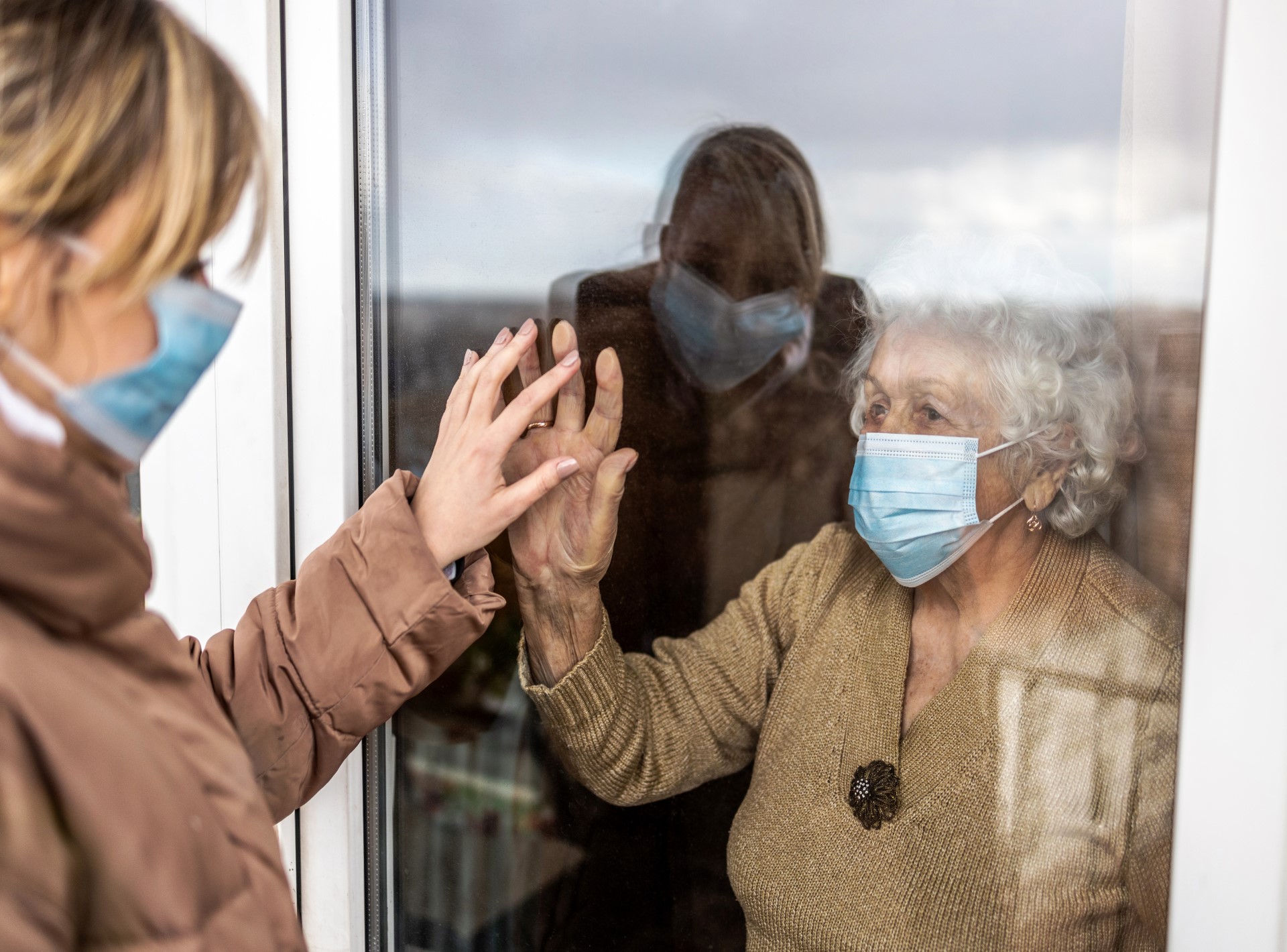According to statistics released this week by the ABS, COVID was the third leading cause of death in 2022, accounting for more than one in 20 deaths.
This marks the first time an infectious disease has appeared in the top five leading causes of death since 1970, when influenza and pneumonia ranked fifth. COVID-19 was among the top ten leading causes of death in all states and territories in 2022, ranging from the third leading cause in NSW, VIC, SA, and the ACT to ninth in the NT.
The virus was the sixth leading cause in QLD, WA, and Tasmania.
Ms Lauren Moran, the head of ABS mortality statistics, pointed out that overall, there were almost 20,000 more deaths recorded in 2022 than in 2021.
“The top five causes of death in 2022 were ischaemic heart disease, dementia (including Alzheimer’s disease), COVID-19, cerebrovascular diseases (strokes) and lung cancer, which when combined, accounted for more than a third of all deaths,” Ms Moran said.
“However, broken down by sex, we saw that COVID-19 was the third ranked cause of death for males (5,484) and the fourth ranked cause of death for females (4,375). Those who died from COVID-19 had a high median age at death of 85.8 years.”
Ischaemic heart disease accounted for more than 18,500 (one in 10) deaths, with more than 60% of those being males, while dementia (including Alzheimer’s disease) was the leading cause of death for females and the second leading cause for males. Females comprised almost two-thirds of dementia deaths.
For Aboriginal and/or Torres Strait Islander people in 2022, ischaemic heart disease, followed by diabetes, chronic lung diseases, lung cancer and suicide remained the top five leading causes of death, with COVID the ninth.
Significantly, there were also 3,249 people who died by suicide in 2022 (rate of 12.5 per 100,000 people), with males accounting for around three quarters of those deaths. The median age at death for people who died by suicide was 45.6, compared to a median age at death of 82.2 years for the total population.
Suicide was the leading cause of premature death in 2022.
In other COVID news, COVID vaccines have been linked to unexpected vaginal bleeding in a large cohort study from the Norwegian Institute of Public Health in Oslo.
Women who did not menstruate — including postmenopausal women and those on contraceptives — were several times more likely to experience unexpected vaginal bleeding after COVID vaccination than before the vaccines were offered.
When COVID jabs were rolled out globally, many women reported heavier-than-usual menstrual bleeding soon after vaccination. Study author Dr Kristine Blix, at the Norwegian Institute of Public Health in Oslo, wanted to look at the trend systematically, particularly in women who did not normally have periods, such as those taking contraceptives or who had been through menopause.
The team did not investigate the reasons for the unexplained bleeding but suggested that it could be linked to the SARS-CoV-2 spike protein used in the vaccines as in general, COVID vaccines have been found to be safe and effective.
Dr Blix and her colleagues used an ongoing population health survey called the Norwegian Mother, Father, and Child Cohort Study, where in the first questionnaire that covered COVID vaccinations, sent in 2021, some women reported in free-text fields that they had experienced heavy menstrual bleeding.
“We had already, from the early pandemic, biweekly questionnaires going out to cohort participants to monitor effects of the pandemic,” Dr Blix said.
“This urged us to ask for bleeding patterns in a structured manner.”
The team looked at more than 21,000 responses from postmenopausal, perimenopausal and non-menstruating premenopausal women — including some who were on long-term hormonal contraceptives – with surprising results.
They found that 252 postmenopausal women, 1,008 perimenopausal women and 924 premenopausal women reported experiencing unexpected vaginal bleeding, and of these, roughly half of each group said that the bleeding came in the four weeks after the first or second vaccine dose, or both.
Premenopausal and perimenopausal women were most likely to report unexpected bleeding in the month after the vaccine, with their risk being three to five times as high as before the vaccinations existed, and the risk for postmenopausal women increased by two- to threefold.
Norway used the mRNA jabs made by Moderna and Pfizer–BioNTech, and other vaccines including the one made by AstraZeneca. In October 2022, the European Medicines Agency updated the side-effect information of mRNA vaccines to include heavy menstrual bleeding.
Unexpected bleeding after menopause is usually considered medically serious and could be an early sign of conditions including endometrial carcinoma and precancerous lesions.
Although the cause of the post-vaccination bleeding is not clear, if it is a known side-effect of the shots, physicians can take this into account when evaluating a patient’s condition.
“Postmenopausal bleeding is often genuinely concerning and a possible sign of cancer. Knowing a patient’s vaccination status could put their bleeding incidence into context,” said Dr Kate Clancy, a biological anthropologist at the University of Illinois Urbana-Champaign.
Dr Clancy’s group has published results of their own survey showing changes in menstrual bleeding after COVID vaccination, with similar findings, and she believed the discovery could help to inform patients and clinicians.
“The most important contribution of this and other documentation will be that female bleeding patterns are included as end points, or monitored, in clinical trials of new vaccines — and perhaps even drug trials,” she said.


